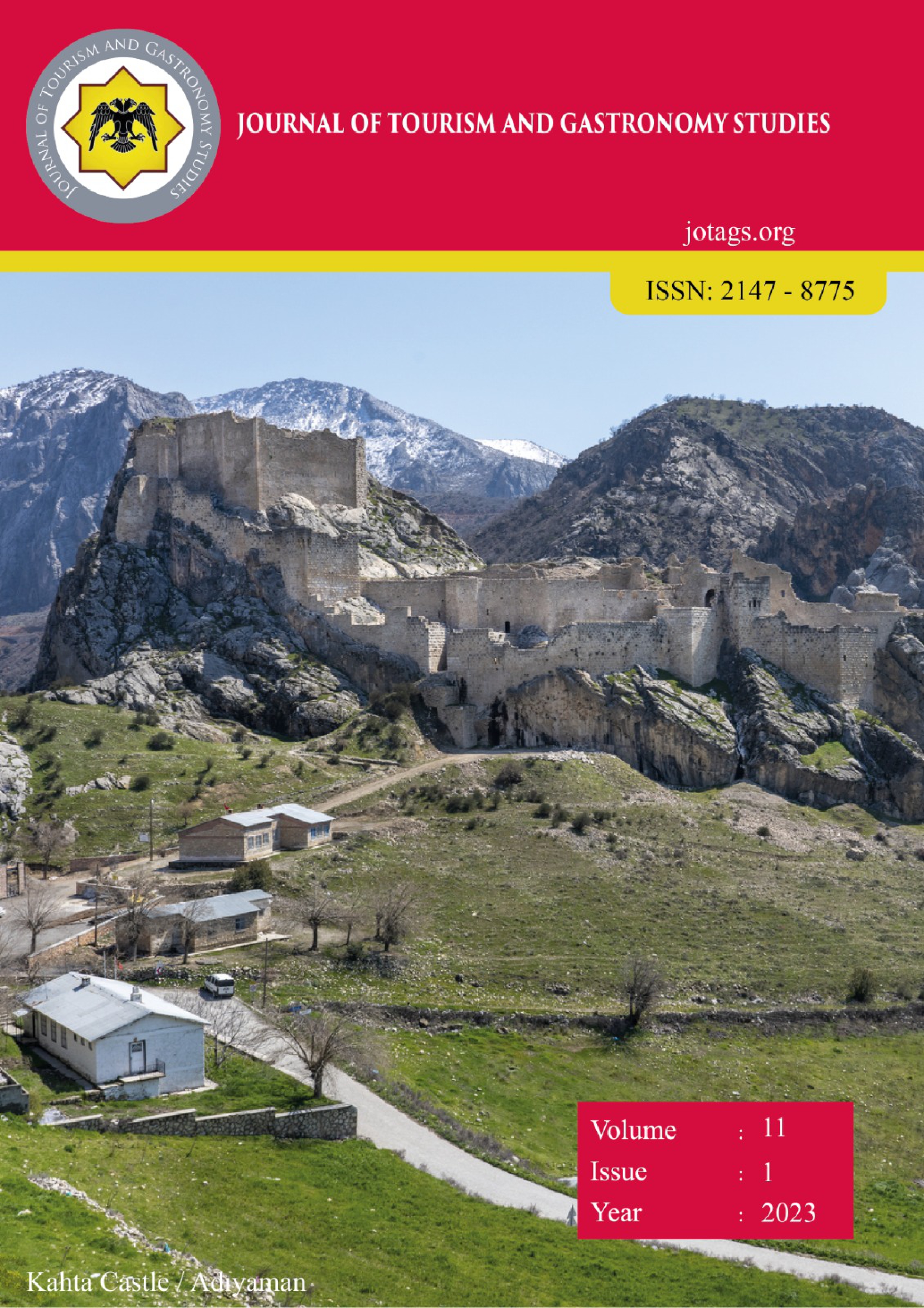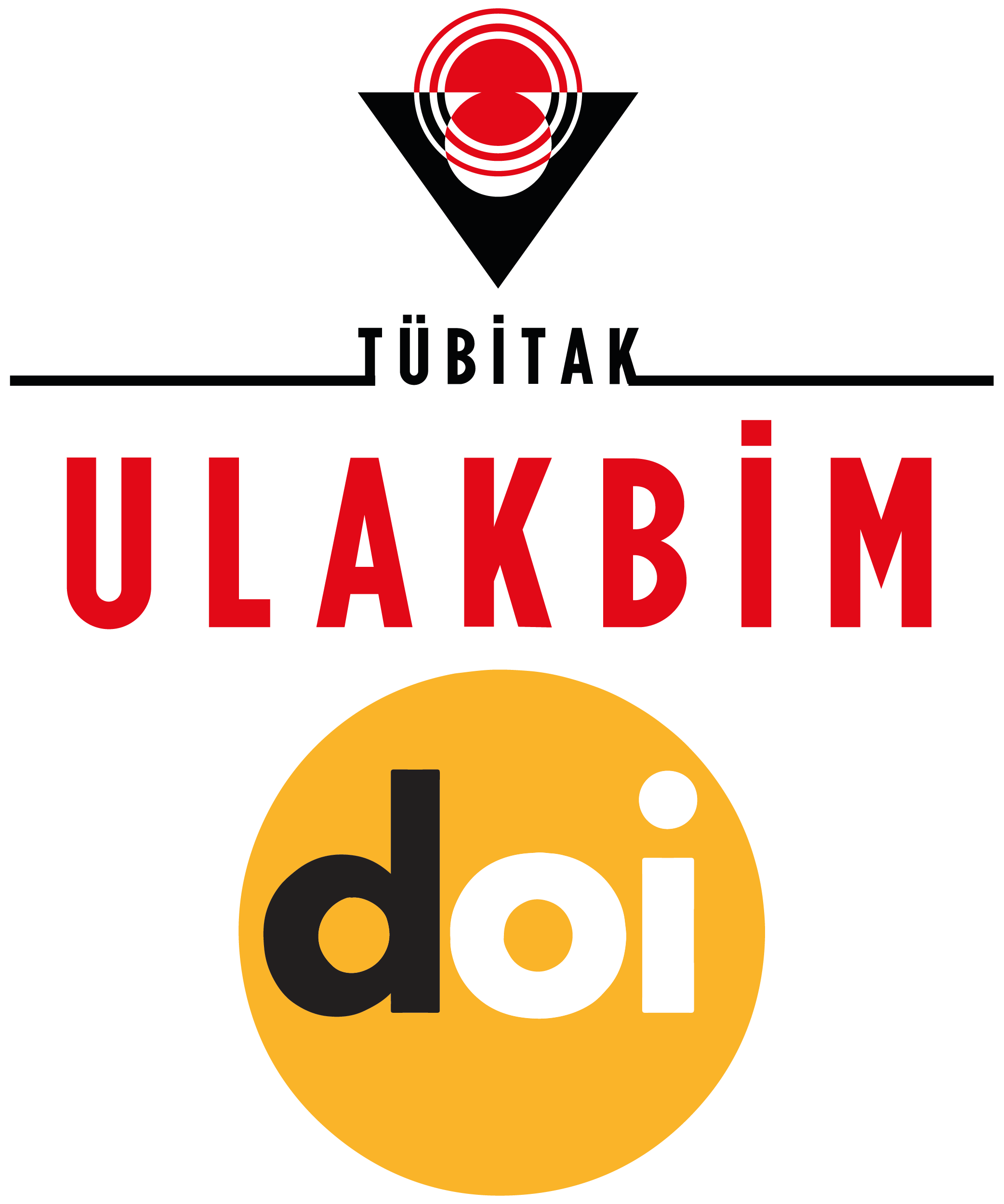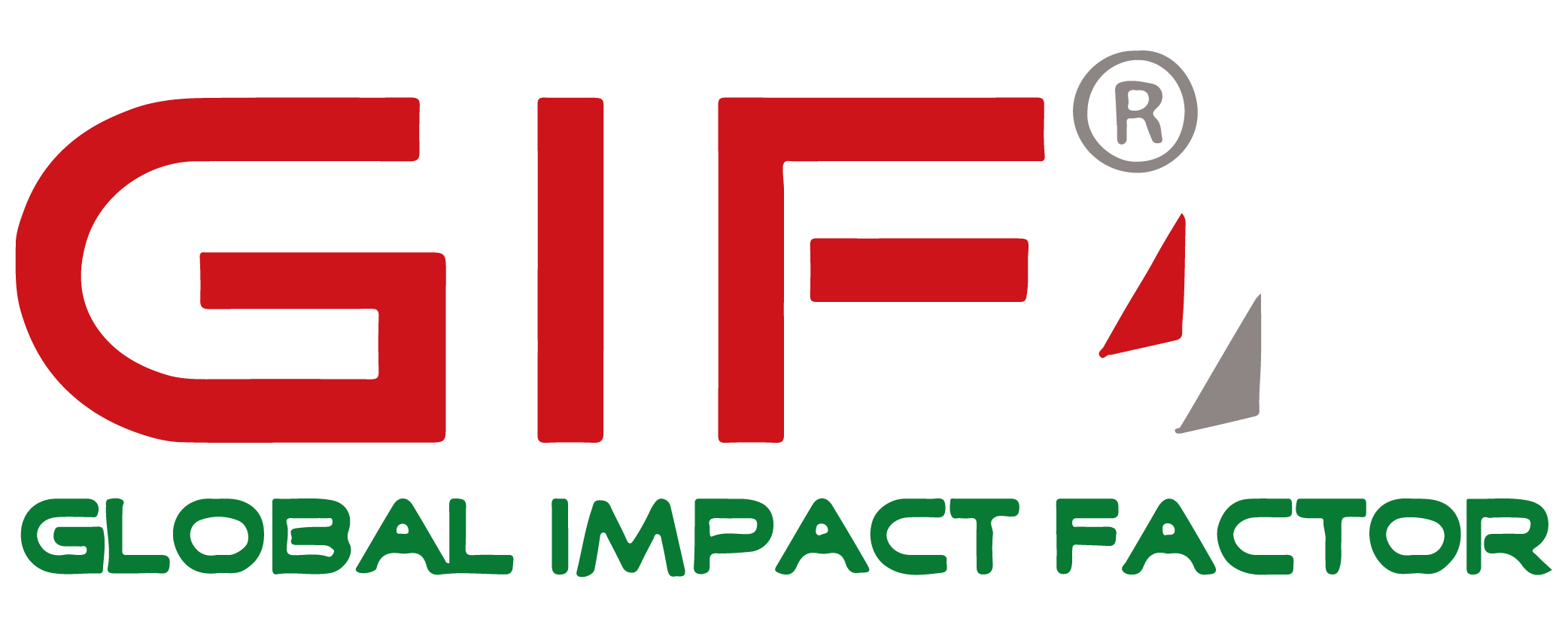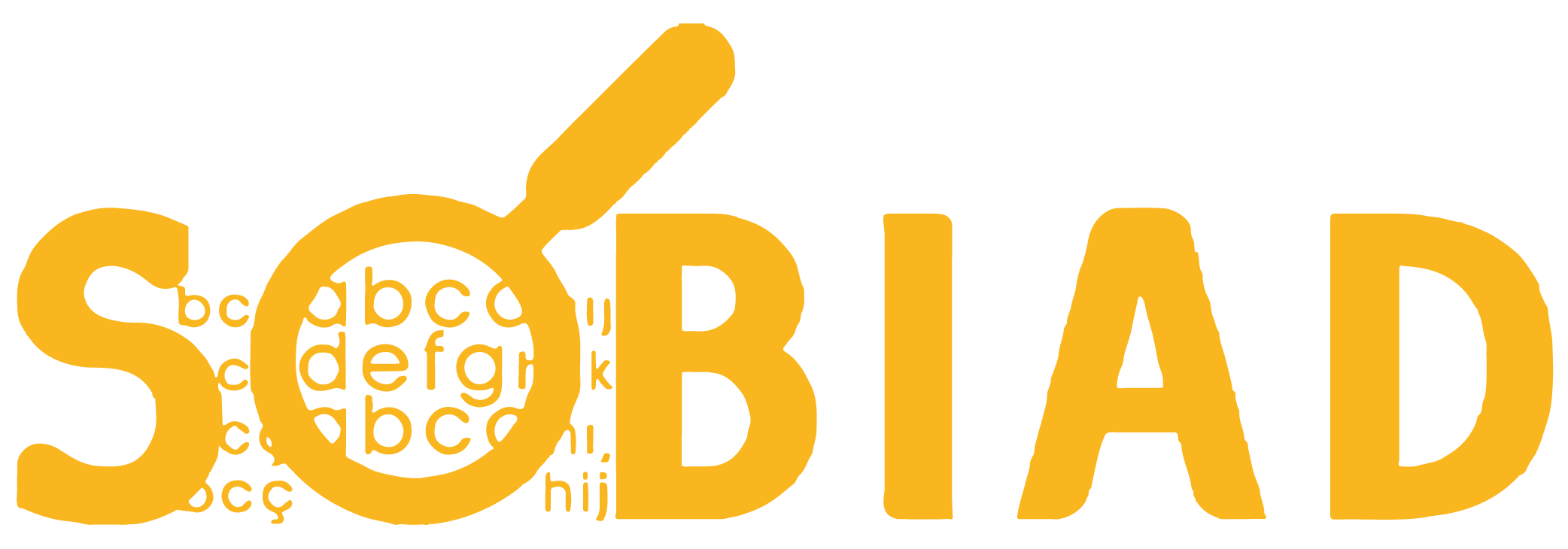Comparison Study on Honey in the Islamic Nutrition Culture; The Status of Prophet Muhammad's (Pbuh) and Avicenna's Applications According to Current Scientific Studies
DOI:
https://doi.org/10.21325/jotags.2023.1192Keywords:
Islamic nutrition culture, Honey, Al-Tibb al-nabawi, Al-Qanun fi al-Tibb, GastronomyAbstract
Honey is a special food that has a special place in Islamic nutrition culture and is used for the protection-treatment of health in Islamic sources. In the study, first of all, the use of honey for Islamic nutrition, culture and health purposes was investigated by scanning the sources of the Quran, Hadiths, Al-Tibb al-nabawi and Al-Qanun fi al-Tibb. In addition, secondly, the place of honey in today's scientific world was created by scanning scientific research materials obtained from databases. Research data was carried out by document scanning and these data were analyzed by descriptive analysis method. As a result, it has been seen that honey, which has a special place in Islamic culture, has made important contributions to the field of medicine in the past and today. In this context, religious and scientific data overlap with each other. The data obtained from the study were interpreted from a gastronomic perspective and suggestions were made.
References
Ahmed b. Hanbel, Müsned (trc. Hüseyin Yıldız vd.), I-XXI, Ocak Yayıncılık, İstanbul Mayıs 2014.
Ağırakça, A. (2004). İslâm Tıp Tarihi (Başlangıçtan VII./XIII. Yüzyıla Kadar), Nobel Tıp Kitabevleri, İstanbul.
Ajibola A, Chamunorwa, J. P. & Erlwanger, K. H. (2012). Nutraceutical values of natural honey and its contribution to human health and wealth. Nutrition & Metabolism, 9(1), 1–12. doi: 10.1186/1743-7075-9-61.
Al, M.L., Daniel, D., Moise, A., Bobis, O., Laslo, L., & Bogdanov, S. (2009). Physico-chemical and bioactive properties of different floral origin honeys from Romania. Food Chemistry, 112(4), 863–7.
Aljadi, A. M. & Kamaruddin, M. Y. (2004). Evaluation of the phenolic contents and antioxidant capacities of two Malaysian floral honeys. Food Chemistry.85, 513-518.
Alvarez-Suarez, Josè M., Giampieri, F. & Battino, M. (2013). Honey as a source of dietary antioxidants: structures, bioavailability and evidence of protective effects against human chronic diseases. Current Medicinal Chemistry 20(5):621-38. doi: 10.2174/092986713804999358.
Anonymous. (2017). Fruit and Vegetable Colors: Meanings and Benefits. https://www.color-meanings.com/fruit-andvegetable-colors-meaning-and-benefits/. Erişim Tarihi: 19. 12. 2021.
Bassaganya-Riera, J., Viladomiu, M., Pedragosa, M., De Simone, C., & Carbo, A. (2012). Probiotic Bacteria Produce Conjugated Linoleic Acid Locally in the Gut That Targets Macrophage PPAR cto Suppress Colitis. PLoS ONE 7(2): e31238. doi:10.1371/journal.pone.0031238
Baumgart D.C. & Carding, S.R. (2007). Inflammatory bowel disease: cause and immunobiology. Lancet, 369:1627-40.
Bested, A.C., Logan. A.C., & Selhub, E.M. (2013). Intestinal microbiota, probiotics and mental health: from
Metchnikoff to modern advances: Part II – contemporary contextual research. Gut Pathogens volume 5, Article number: 3.
Bogdanov, S., Jurendic, T., Sieber, R. & Gallmann, P. (2008). Honey for nutrition and health: A review. Journal of the American College of Nutrition, (27), 677-689.
Boynukalın, R. (2017). Performans Sanatçısı Olarak Arılar ve Enstalasyon Olarak Kovanlar. Ulakbilge, Cilt 5, Sayı 13, Volume 5, Issue 13. DOI: 10.7816/ulakbilge-05-13-05 ulakbilge
Buhârî, Sahîhu’l-Buhârî (thk. Muhammed Züheyr Nâsır en-Nâsır), I-IX, Dâru Tavkı’n-Necât, y.y. 1422
Buratti, S., Benedetti, S., & Cosio, M.S. (2007). Evaluation of the antioxidant power of honey, propolis and royal jelly by amperometric flow injection analysis. Talanta, 71(3), 1387-92. doi: 10.1016/j.talanta.2006.07.006.
Cilliers, L. & Retief, F.P. (2012). Bees, Honey and Health in Antiquity, in Akroterion.
Corbin, J. & Strauss, A. (2008). Basics of qualitative research: Techniques and procedures for developing grounded theory. Thousand Oaks: Sage.
Cosnes, J., Gower-Rousseau, C., Seksik, P., & Cortot, A. (2011). Epidemiology and natural history of inflammatory bowel diseases. Gastroenterology, 140:1785-94.
Crane, E. (2001). Amerindian uses of honey, wax and brood from nests of stingless bees. Acta Americana, 9 (1): 5-15.
Da Silva, P. M., Gauche, C., Gonzaga, L. V., Costa, A. C. O., & Fett, R. (2016). Honey: Chemical composition, stability and authenticity. Food Chemistry, 196: 309–323. https://doi.org/10.1016/J.FOODCHEM.2015. 09.051
Dignass, A., Van Assche, G., & Lindsay, JO. (2010). The second European Evidence based consensus on the diagnosis and management of crohn’s disease: current management. Journal of Crohn's & Colitis, 4:28-62.
Doğaroğlu, M. (2009). Modern Arıcılık Teknikleri. Türkmenler Matbaacılık, Tekirdağ, 270 s.
Dżugan, M., Grabek-Lejko, D., Swacha, S., Tomczyk, M., Bednarska, S., & Kapusta, I. (2020). Physicochemical quality parameters, antibacterial properties and cellular antioxidant activity of Polish buckwheat honey. Food Biosci, 34, Article 100538. https://doi.org/10.1016/j.fbio.2020.100538
Efem, S. E. E., (1988). Clinical observations on the wound healing properties of honey. British Journal of Surgery, (75): 679–681.
El- Cevziyye, İbn Kayyim (2016). Tıbbu’n Nebevi Peygamberimiz (s.a.v)’den Sağlık ve Tıp, (çev.: Abdülvehhab Öztürk), Kahraman Yayınları, İstanbul, s.400
Emiroglu, K. (2013). The History of Our Daily Lives. 6th Edition. Istanbul: Isbank Cultural Publications.
Ercan N, Fidancı Ur, 2012. Piyodermalı köpeklerde idrarda 8-hidroksi-2’ deoksiguanozin (8-OHdG) düzeyleri. Ankara Üniversitesi Veteriner Fakültesi Dergisi, 59: 163-168.
Escuredo, O., Dobre, I., Fernández-González, M. & Seijo, M. C. (2014). Contribution of botanical origin and sugar composition of honeys on the crystallization phenomenon. Food Chemistry. 149: 84–90. https://doi.org/10.1016/j.foodchem.2013.10.0 97
Gaifullina, L. R., Saltykova, E. S. & Nikolenko, A. G. (2016). Prebiotic and Probiotic Properties of Honey Honey: Geographical Origins, Bioactive Properties and Health Benefits. Ruben Ramirez (Editor) Series: Biochemistry Research Trends. ISBN: 978-1-63485-456-6
Gheldof, N., Engeseth, N. J. (2002). Antioxidant capacity of honeys from various floral sources based on the determination of oxygen radical absorbance ca-pacity and inhibition of in vitro lipoprotein oxidation in humanserum sam-ples. Journal of Agricultural and Food Chemistry, 50, 3050-55.
Genç, F. & Dodoloğlu, A., (2011). Arıcılığın Temel Esasları. Atatürk Üniversitesi Yayınları, (931): 22.
Graff, L. A., Walker, J. R., Bernstein, C. N. (2010). It’s not just about the gut: managing depression and anxiety in inflammatory bowel disease. Practical Gastroenterol, 34:11-25.
Gül, A. & Pehlivan, T. (2018). Antioxidant activities of some monofloral honey types produced across Turkey. Saudi Journal of Biological Sciences, 25(6):1056-1065. doi: 10.1016/j.sjbs.2018.02.011.
Gutteridge, J. M. C., (1993). Free radicals in disease processes: A compilation of cause and consequence. Free Radical Research Communications. 19(3), 141-158.
Gutteridge, J. M. C. (1995). Lipid peroxidation and antioxidants as biomarkers of tissue damage. Clinical Chemistry, 41: 1819-1828
Gürhan, N. (2017). Food and Religion: A Study on the Religious Symbolic Meanings of Food. Journal of Human and Social Sciences Research, 6 (2), 1204-1223. Retrieved from https://dergipark.org.tr/tr/pub/itobiad/issue/28774/315633.
Habibi, F., Hashemi, M, Hemati, S., & Gholamrezaei, A. (2017). Sleep Quality and its Associated Factors in Iranian Patients with Breast Cancer. International Journal of Body, Mind and Culture. 3(2).
Hâkim en-Nîsâbûrî, (1990). el-Müstedrek ale's-Sahîhayn (thk. Mustafa Abdülkadir Ata), I-IV, Dâru'lKütübi'l-İlmiyye, Beyrut 1411.
İbn Mâce, (2000). Ebû Abdillah Muhammed b. Yezid el- Kazvînî , es- Sünen, Dârusselam Yayınları, Riyad.
İbn - i Sina ((Çev. Kahya E). El-Kanun Fi’t-Tıbb. 2013). Atatürk Kültür Merkezi Yayınları; Ankara.
Kıral, B. (2020). Nitel Bir Veri Analizi Yöntemi Olarak Doküman Analizi. Siirt Üniversitesi Sosyal Bilimler Enstitüsü Dergisi, 8(15), 170-189.
Kücük, M., Kolayli, S., Karaoğllu, S., Ulusoy, E., Baltaci, C., & Candan, F. (2007). Biological activities an d chemical composition of three honey s of different types from Anatolia. Food Chemistry. 100, 526-34.
Lachman, J., Orsak, M., & Hejtmankova, A. (2010). Evaluation of antioxidant activity and total phenolics of selected Czech honeys. LWT- Food Science and Technology, 43(1), 52-58.
Lakatosi, P. L. (2006). Recent trends in the epidemiology of inflammatory bowel diseases: up or down? World Journal of Gastroenterology, 12:6102-8.
Lenger, D. S. (2010). Antik Çağ’da Bal ve Beslenme. Arkeoloji ve Sanat, 134, 89- 96.
Mélo, Flávia Helena Carvalho de, Duarte Menezes, F. N. D., de Sousa, J. M. B., Lima, M. D. S., da Silva Campelo-Borges, G., de Souza, E. L., Magnani, M. (2020). Prebiotic activity of monofloral honeys produced by stingless bees in the semi-arid region of Brazilian Northeastern toward Lactobacillus acidophilus LA-05 and Bifidobacterium lactis BB-12. Food Research International. 128:108809. DOI:10.1016/j.foodres.2019.108809
Merdol, T. K. (2012). An Overview of Changes in Nutrition Practices in Prehistoric and Post-Historical Periods, Nutrition Anthropology-1 (Ed: Merdol, TK), Hatipoğlu Basım ve Yayım San. Trade Ltd.Şti, Ankara.
Messaoudi, M. R., Lalonde, N., Violle, H´., Javelot, D. Desor., Nejdi, A., Bisson, J. F., Rougeot, C., Pichelin, M., Cazaubiel, M., & Cazaubiel, J. M. (2011). Assessment of psychotropic-like properties of a probiotic formulation (Lactobacillus helveticus R0052 and Bifidobacterium longum R0175) in rats and human subjects. British Journal of Nutrition. 105, 755–764. doi:10.1017/S0007114510004319.
Mishra, S., & Mohanty, S. K. (2019). Out-of-pocket expenditure and distress financing on institutional delivery in India. International Journal for Equity in Health, 18, 99. https://doi.org/10.1186/s12939-019-1001-7
Moreira, R. F. A., De Maria, C. A. B., Pietroluongo, M. & Trugo, L. C. (2007). Chemical changes in the non-volatile fraction of Brazilian honeys during storage under tropical conditions. Food Chemistry, 104(3), 1236–1241. https://doi.org/10.1016/j.foodchem.2007.01.0 55
Müslim, Sahîhu Müslim (thk. Muhammed Fuâd Abdulbâkî), I-V, Dâru İhyâi’tTürâsi’l-Arabî, Beyrut ts..
Nayik, G. A., Tajamul, R. S., Muzaffar, K.-Wani., S. H., Gull, A. & Majit, I.- Bhat, F.M. (2014). “Honey: It’s History and Religious Significance”, A Review, Universal Journal of Pharmacy, 3; 5-8.
Nooh, H. Z. & Nour-Eldien N. M. (2016) The dual anti-inflammatory and antioxidant activities of natural honey promote cell proliferation and neural regeneration in a rat model of colitis. Acta Histochemica. Volume 118, Issue 6, Pages 588-595.
Onbaşlı, D., Yuvalı Çelik, G., Kahraman, S., & Kanbur, M. (2019). Apiterapi ve insan sağlığı üzerine etkileri. Erciyes Üniversitesi Veteriner Fakültesi Dergisi, 16(4), 49-56.
Özcan, M. (2018). Renklerin Tüketimde ve Sağlıkta Önemi. Black Sea Journal of Agriculture, 1(3), 83-88
Özyurt, V. H. & Ötleş, S. (2014). Prebiotics: A Significant Food Ingredient for Metabolism. Academic Food Journal/Akademik Gıda. 12(1), 115-123. 9p.
Öztürk, N. & Yildirim, Y. (2020). İnflamatuar Bağırsak Hastalıkları Olan Bireylerde İlaç Uyumu ve Yaşam Kalitesi. Bandırma Onyedi Eylül Üniversitesi Sağlık Bilimleri ve Araştırmaları Dergisi, 2(3), 192-199.
Ranneh, Y., Akim, A. M., Ab. Hamid, H. Khazaai, H., Fadel, A., Zakaria, Z.A., Albujja, M. & Abu Bakar. F. (2021).
Honey and its nutritional and anti-inflammatory value. BMC Complementary Medicine and Therapies, 21: 30. doi: 10.1186/s12906-020-03170-5.
Rezaei N., Eftekhari, M. H., Tanideh, N., Mokhtari. M. & Bagheri, Z. (2019) Comparison of antioxidant and anti-inflammatory effects of honey and Spirulina platensis with sulfasalazine and mesalazine on acetic acid-induced ulcerative colitis in rats, GMJ 8. 2019-06-10;Epub 2019-01-25
Samarghandian, S., Afshari. J. T. & Davoodi, S. (2011). Honey induces apoptosis in renal cell carcinoma. Pharmacognosy Magazine, 7(25): 46-52.
Schramm, D. D., Karim, M., Schrader, H.R., Holt, R.R., Cardetti, M. & Keen, C.L. (2003). Honey with high levels of antioxidants can provide protection to healthy human subjects. Journal of Agricultural and Food Chemistry, 12, 1732-5.
Shadkam, M. N., Mozaffari-Khosravi, H. & Mozayan, M.R. (2010). A Comparison of the Effect of Honey, Dextromethorphan, and Diphenhydramine on Nightly Cough and Sleep Quality in Children and Their Parents. The Journal of Alternative and Complementary Medicine, 16:7, 787-793.
Shivananda, S., Lennard Jones, J. & Logan, R. (1996). Incidence of inflammatory bowel disease across Europe: Is there a difference between North and south? Results of the European collaborative study on inflammatory bowel disease (EC-IBD). Gut, 39:690-7.
Silici, S., Sagdıc, O. & Ekici, L. (2010). Total phenolic content, antiradical, antioxidant and antimicrobial activities of Rhododendron honeys. Food Chemistry, 121(1), 238-243.
Stange, E. F., Travis, S. P., Vermeire, S., Reinisch, W., Geboes, K. & Barakauskiene, A. (2008). European Crohn's and Colitis Organisation (ECCO). European evidence-based Consensus on the diagnosis and management of ulcerative colitis: Definitions and diagnosis. Journal of Crohn's and Colitis, 2(1), 1-23.
Strauss, A. & Corbin, J. (1998). Basics of Qualitative Research: Techniques and Procedures For Developing Grounded Theory. London: Sage.
Şahin, H., Kolaylı, S. & Beykaya, M. (2020). Bazı Ham ve Ticari Ballarda Ayırt Edici Parametre Olarak İnvertaz ve Glukoz-Oksidaz Aktivitesinin Karşılaştırılması (Comparison of the Activity of Invertase and Glucose-Oxidase of Raw and Commercial Honey as a Distinguishing Parameter). Uludağ Arıcılık Dergisi, 20(1): 13-23, DOI: 10.31467/uluaricilik.656842.
Şahinler, N., Gül, A., Akyol, E. & Öksüz, A. (2009). Heavy metals, trace elements and biochemical composition of different honey produced in n Turkey. Asian Journal of Chemistry, 21(3), 1887-1896.
Tabakoğlu, E., & Durgut, R. (2013). Veteriner Hekimlikte Oksidatif Stres ve Bazı Önemli Hastalıklarda Oksidatif Stresin Etkileri. AVKAE Dergisi, 3(1),69-75.
Talebi, M., Farkhondeh, T. & Samarghandian, S. (2020). Molecular mechanism-based therapeutic properties of honey. Biomedicine & Pharmacotherapy, 130. https://doi.org/10.1016/j.biopha.2020.110590
The Quran. Translated the Turkish by the Elmalılı Muhammed Hamdi Yazır, Hak Dini Kur’ân Dili, I-X, Yenda Yayın-Dağıtım, İstanbul
Tommasini, A., Pirrone, A. & Palla, G. (2010). The universe of immune deficiencies in Crohn’s disease: a new viewpoint for an old disease? Scandinavian Journal of Gastroenterology. 45:1141-9.
Topsakal, M. (2014). Petek Fraktalinin Geometrisi. Anatolian University, Science Institue, Department of Mathmetichs, Master thesis.
Tozun, N., Atug, O. & Imeryuz, N. (2009). Clinical characteristics of inflammatorymbowel disease in Turkey: a multicenter epidemiologic survey. Journal of Clinical Gastroenterology, 43:51-5.
Travis, S. P. L., Stange, E. F., Le mann,́ M. et al. (2008). European evidence based consensus on the management of ulcerative colitis: current management. Journal of Crohn's and Colitis, 2:24-62.
Ustaoğlu, T. (2020). İrritabl Bağırsak Sendromunda (IBS) Fodmap Diyetinin ve Probiyotiklerin Ibs Semptomları, Beslenme Durumu ve Yaşam Kalitesi Üzerine Etkilerinin Değerlendirilmesi. Sağlık Bilimleri Enstitüsü/ Beslenme ve Diyetetik Anabilim Dalı.
Yeşilada, E. (2015). Apiterapi - Arıyla Gelen Şifa. Hayy Kitap. İstanbul. ISBN: 9786059841320
Yoldaş, H. (2017). İnflamatuvar Bağırsak Hastalıklarında Güncel Diyet Yaklaşımları. Güncel Gastroenteroloji Dergisi, 21/1
Soares, R. L. (2014). Irritable bowel syndrome: a clinical review. World Journal of Gastroenterology, 20:12144-60.
Yanartaş, Ö., Bıçakcı, E., Şenkal, Z., Karaman, K., Türkkan, A. et al.(2014). İnflamatuar Barsak Hastalıklarında Ruhsal Belirtiler ve Yaşam Kalitesinin Değerlendirilmesi. Journal of Mood Disorders, 4(3), 115-121.
Yüksek, E. (2020). Amasyalı Şerefeddin Sabuncuoğlu'nun Hayatı, Eserleri ve Tıp Alanına Getirdiği Yenilikler. Ondokuz Mayıs Üniversitesi / Lisansüstü Eğitim Enstitüsü / İslam Tarihi ve Sanatları Anabilim Dalı.
URL1. https://islamansiklopedisi.org.tr/bal. (access time: 22.08.2022).
URL 2. https://www.acibadem.com.tr/ilgi-alani/crohn-ve-kolit/ (05.09. 2022).
Published
How to Cite
Issue
Section
License
Copyright (c) 2023 Journal of Tourism & Gastronomy Studies

This work is licensed under a Creative Commons Attribution-NonCommercial 4.0 International License.








